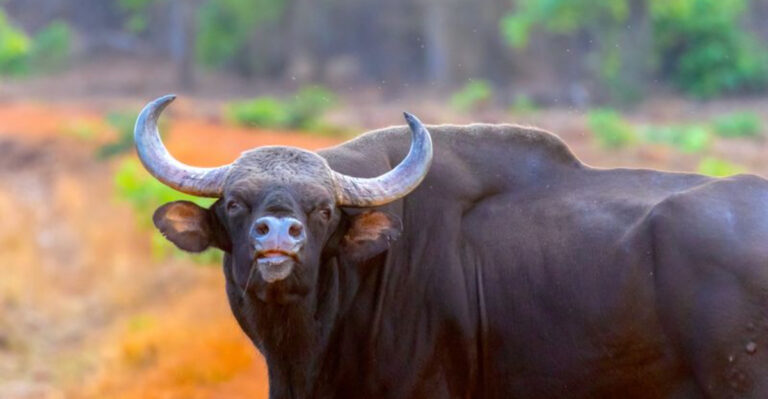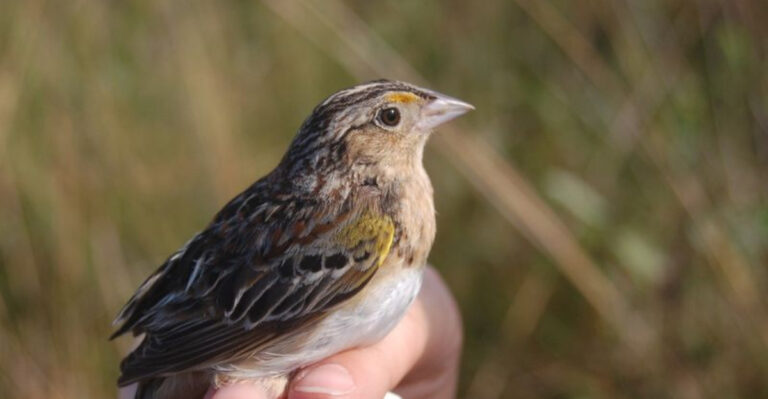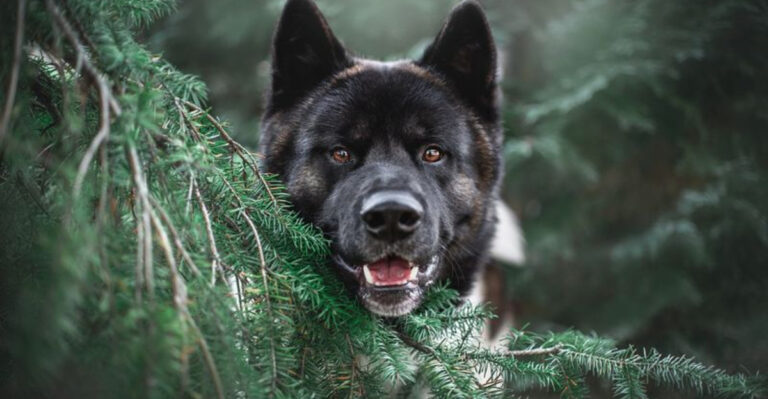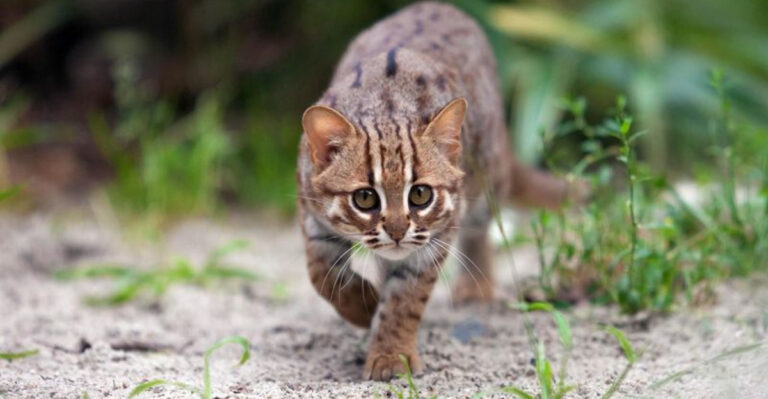The Rarest Raptor In The World Is Surviving Thanks To One Special Tree
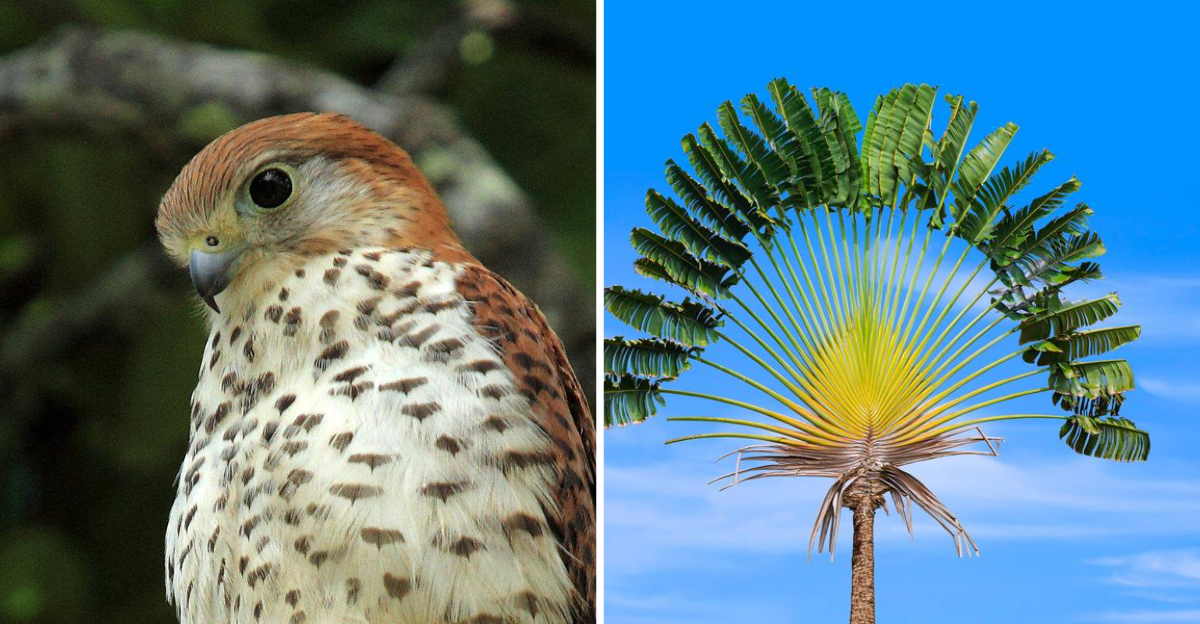
The Mauritius Kestrel is a fascinating bird with a story of survival against the odds. Known as the world’s rarest raptor, this bird is a symbol of conservation success.
Let’s explore some intriguing facts about this unique species, its challenges, and the efforts to preserve its future.
1. What Does The Mauritius Kestrel Look Like?
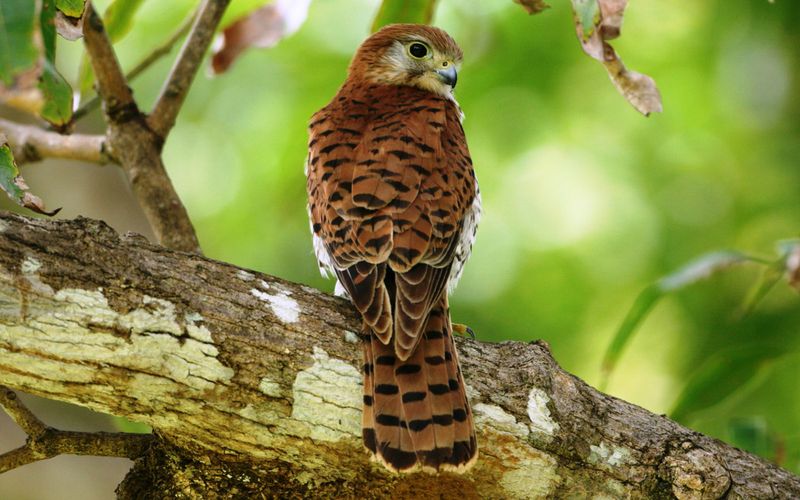
The Mauritius Kestrel, the world’s rarest raptor, is a small yet remarkable bird of prey found only on the island of Mauritius in the Indian Ocean.
With a wingspan of about 45 centimeters and a body length of around 26 centimeters, it is built for speed and agility.
Its plumage, a striking mix of brown and gray, provides excellent camouflage against the dense forest canopy.
Large, sharp eyes allow it to spot prey from afar, while its powerful beak and talons make it a formidable hunter. In flight, the kestrel moves with effortless grace, its feathers catching the sunlight as it soars.
More than just beautiful, every aspect of this bird’s appearance is a perfect adaptation to its environment.
2. The Kestrel’s Diet And Hunting Habits
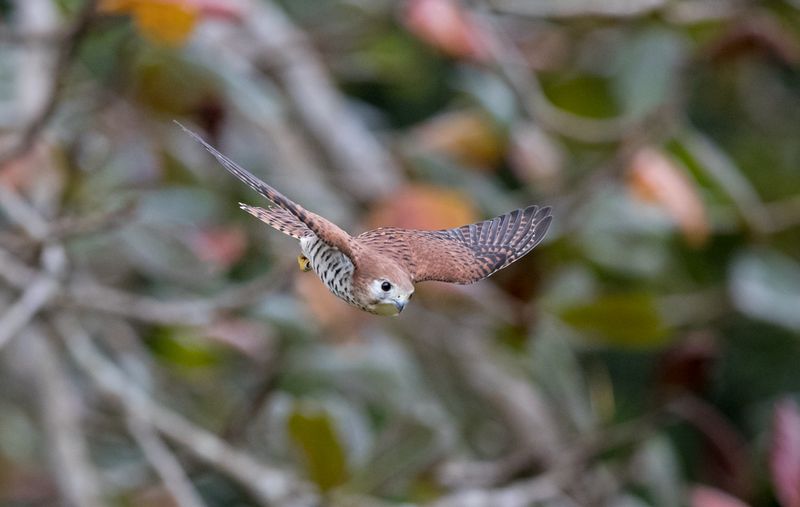
The Mauritius Kestrel’s diet is diverse, yet specialized. It primarily feeds on small mammals, insects, and reptiles, such as geckos and lizards. These prey items are abundant in their native habitat.
Hunting is usually a solitary activity, where the kestrel uses its keen eyesight to spot unsuspecting prey from a perch. Once spotted, it launches a swift and precise attack.
The kestrel’s ability to hover in the air, much like a helicopter, gives it an advantage in pinpointing the exact locations of its prey. This raptor’s hunting habits ensure it plays a crucial role in the ecosystem.
3. Why Is The Mauritius Kestrel So Rare?
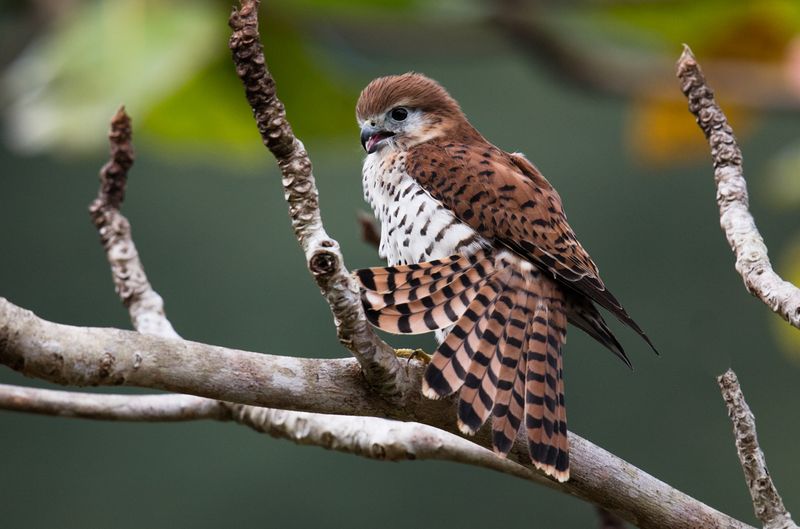
The rarity of the Mauritius Kestrel is a result of several factors, primarily human-induced. Deforestation has significantly reduced its natural habitat, leaving fewer places for it to hunt and nest.
The introduction of non-native species, such as rats and mongooses, has also posed significant threats by preying on eggs and young kestrels. These challenges have led to drastic declines in population numbers.
Conservation efforts in recent decades have been crucial in bringing the kestrel back from the brink of extinction. Yet, it remains one of the rarest raptors in the world, a symbol of both fragility and resilience.
4. The Challenges This Kestrel Faces
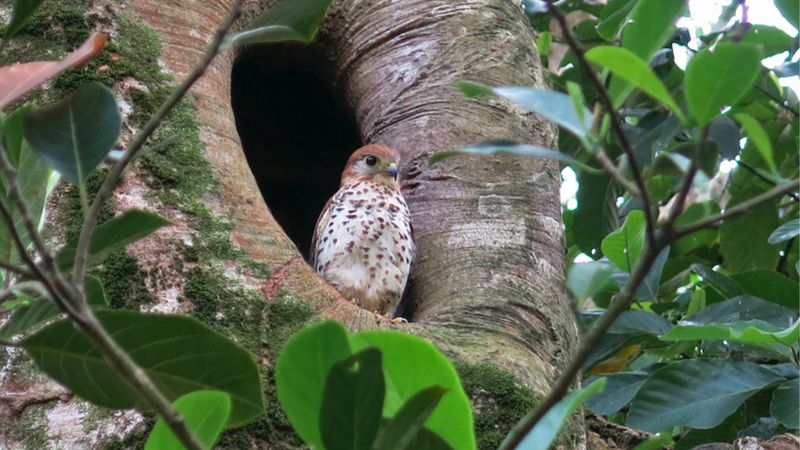
Surviving as the world’s rarest raptor comes with its own set of challenges. Habitat destruction due to agricultural expansion and urban development remains a primary concern.
The introduction of invasive species, which compete for food and predate on kestrel eggs, further exacerbates these challenges.
Climate change adds another layer of complexity, affecting food availability and nesting sites. Despite these obstacles, ongoing conservation programs have made significant strides in stabilizing the population.
Continued efforts are essential to address these challenges effectively and ensure the kestrel’s survival in its natural habitat.
5. The Traveler’s Tree: An Unlikely Ally In The Kestrel’s Fight For Survival
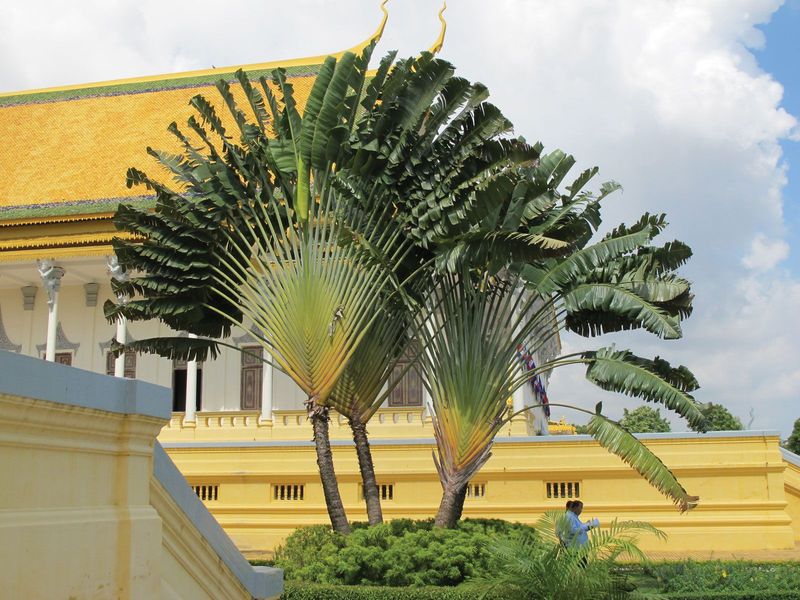
The Traveler’s Tree, also known as Ravenala madagascariensis, plays a unique role in the survival of the Mauritius Kestrel.
Its large, fan-like leaves create a natural shelter, offering protection from harsh weather and predators. This tree is not native to Mauritius, yet it has become an integral part of the ecosystem.
Its presence helps in maintaining a balanced environment, which indirectly benefits the kestrel.
The tree provides suitable perching spots and nesting opportunities for the kestrels, making it an unexpected yet vital ally in their fight for survival.
6. A Look At Its Origins And Role In Nature
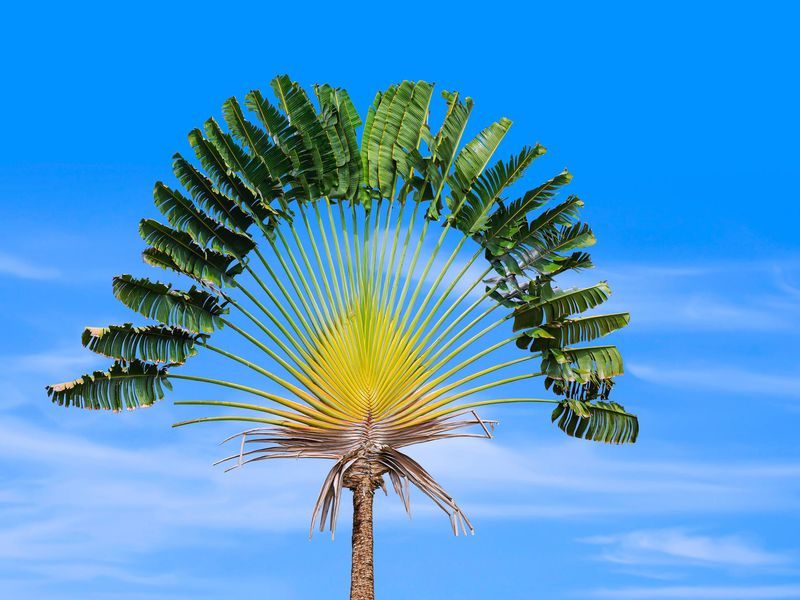
Originating from Madagascar, the Traveler’s Tree is a remarkable species known for its striking appearance. Its large, fan-shaped leaves are arranged in a distinctive pattern, resembling an open fan.
The tree can grow up to 20 meters in height and is a common sight in tropical regions. In nature, it serves multiple purposes: providing shade, storing water, and offering a habitat for various species.
Although it’s not native to Mauritius, it has adapted well to the environment. Its ability to thrive in diverse conditions makes it a resilient and beneficial addition to the ecosystem.
7. A Lifeline For The Kestrel: How The Tree Helps
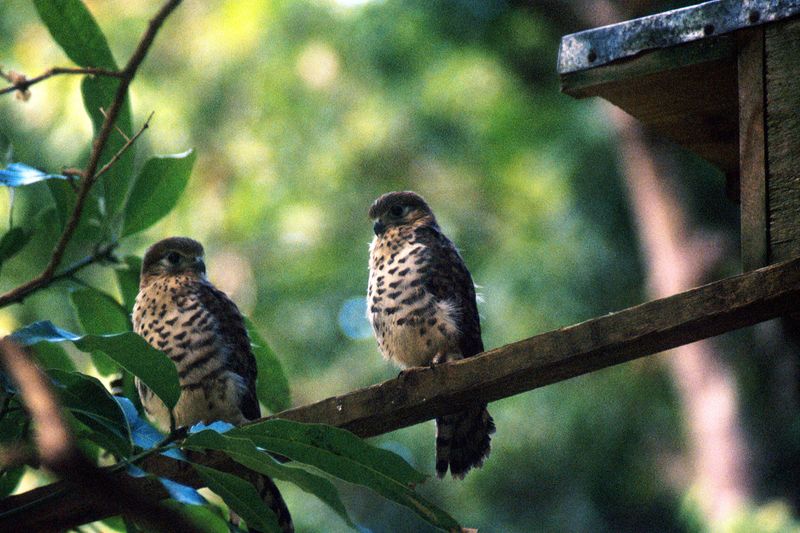
For the Mauritius Kestrel, the Traveler’s Tree is more than just a resting place – it’s a vital lifeline.
Its broad, fan-like leaves create dense cover, offering kestrels a secure nesting site safe from predators and harsh weather. This natural refuge helps lower stress levels, allowing the birds to focus on hunting and raising their young.
Beyond shelter, the tree also supports an abundant population of geckos, which make up 70% of the kestrel’s diet. Without this steady food source, survival would be far more challenging.
The unique relationship between the kestrel and the Traveler’s Tree highlights nature’s unexpected alliances, proving that even non-native species can play a crucial role in conservation.
8. The Traveler’s Tree And Its Benefits
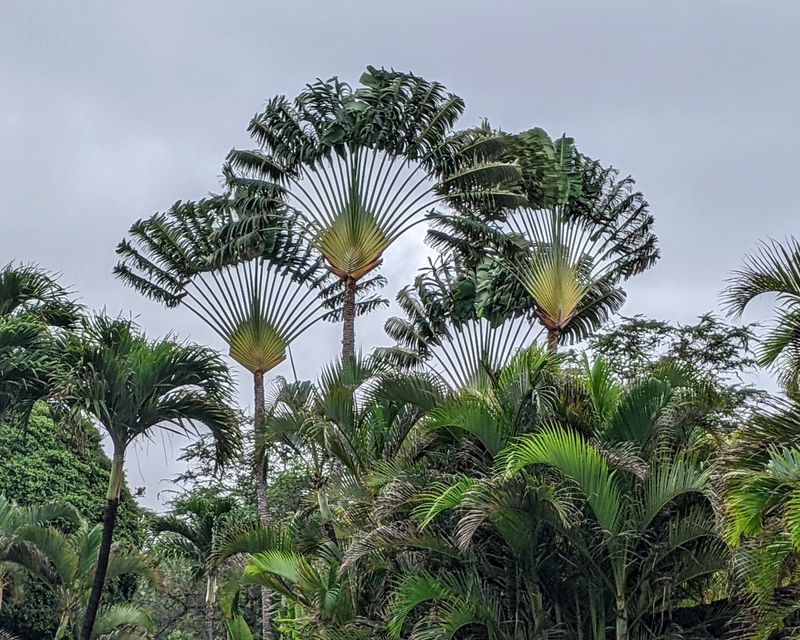
The Traveler’s Tree is a cornerstone of the Mauritian ecosystem, offering numerous benefits. Its leaves collect rainwater, which trickles down to the ground, nourishing the soil and aiding other plants.
This water storage is extremely beneficial in maintaining the moisture levels of the environment.
Additionally, the tree provides a habitat for many species, including insects and birds, creating a thriving ecosystem. Its flowers attract pollinators, contributing to biodiversity.
The presence of the Traveler’s Tree supports the Mauritius Kestrel indirectly by ensuring a healthy environment where the kestrel can find readily available food and shelter.
9. The Negative Impact The Tree Has On The Ecosystem
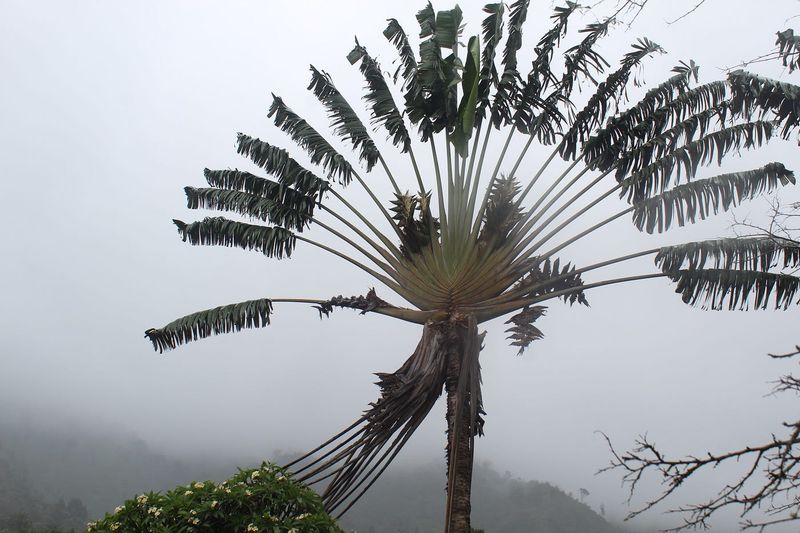
Despite its benefits, the Traveler’s Tree can also have negative effects on the Mauritian ecosystem.
Being an introduced species, it sometimes competes with native vegetation for nutrients and space. Its large size and rapid growth can overshadow smaller, native plants, reducing biodiversity.
This competition can lead to a decrease in the populations of native plant species, affecting the overall health of the ecosystem.
It’s crucial to monitor its growth and manage its spread to ensure that native species continue to thrive. Finding a balance between its advantages and disadvantages is key to maintaining ecological harmony.
10. How Conservation Efforts Can Help Both The Kestrel And The Environment
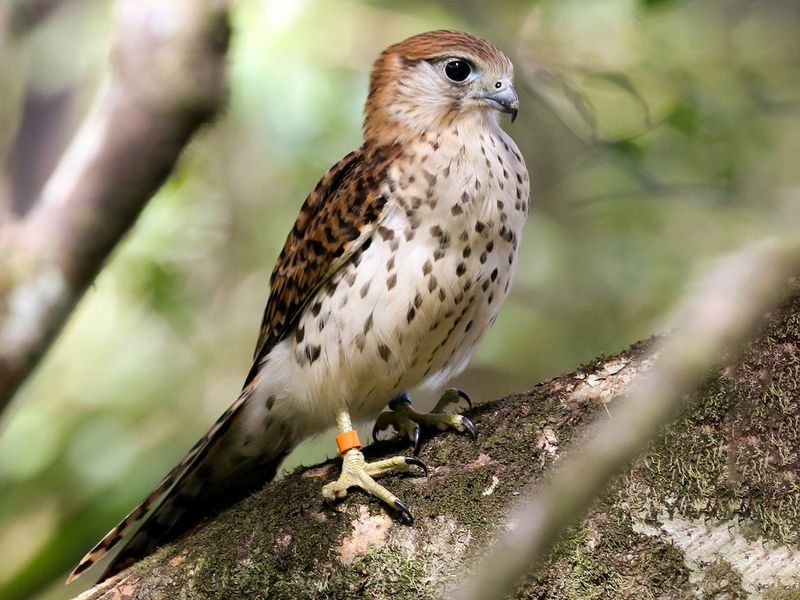
Conservation efforts are vital in preserving both the Mauritius Kestrel and its habitat.
These initiatives include protecting and restoring native forests, controlling invasive species, and fostering environments where both the kestrel and native plants can thrive.
Planting native trees alongside managing the spread of the Traveler’s Tree helps maintain ecological balance.
Conservationists also focus on monitoring kestrel populations, ensuring they have adequate food and nesting sites.
Through education and community involvement, these efforts aim to create a sustainable environment where the Mauritius Kestrel and the ecosystem can coexist and flourish for future generations.

